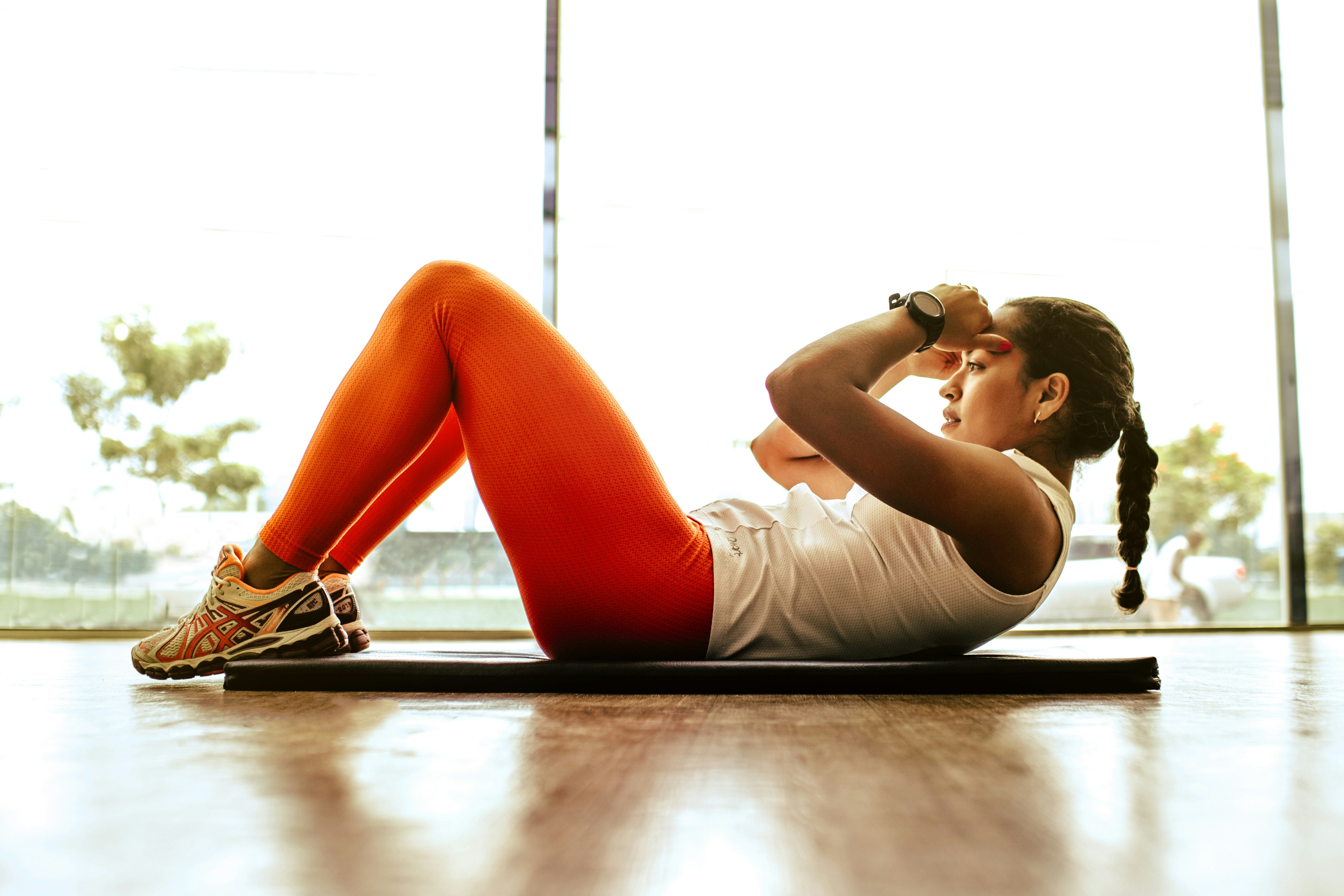Primal Movement: A Nod to Our Ancestors for Modern Fitness
Within the past decade, a seismic shift in the fitness industry has begun to take root. Instead of focusing solely on aesthetic goals and isolated muscle training, a more holistic approach has emerged—one that prioritizes overall wellbeing, functional strength, and connection with our ancestral roots. This article delves into the evolution, significance, and benefits of one such approach: Primal Movement.

An Ode to the Past: The Genesis of Primal Movement
Over the past few decades, the fitness industry has been dominated by various forms of exercise, from aerobic dance to weightlifting, and everything in between. However, the inception of Primal Movement brings us back to basics, retracing our steps to the origins of human evolution. This method borrows from our ancestors’ daily physical activities, which included squatting, running, climbing, and lifting, among others.
In the early 2000s, fitness enthusiasts and experts started exploring this approach, seeking a more natural, integrated form of exercise. The concept quickly gained traction, and by the 2010s, Primal Movement had become a recognized and respected practice in the fitness world.
Current Trends: Primal Movement in the Modern Fitness Landscape
Primal Movement has evolved from a niche approach to a mainstream fitness trend. The industry’s shift towards functional training and holistic health has made room for its growth. Wellness professionals now advocate for the incorporation of primal exercises into regular workout routines for their full-body benefits and functional focus.
One trend that has emerged within the Primal Movement paradigm is the growing popularity of outdoor workouts. Many practitioners find that exercising in nature enhances the primal experience and brings them closer to their ancestral roots.
The Primal Product Range: Market Relevance and Impact
The rise of Primal Movement has brought about a surge in related products and services. These range from instructional DVDs and online courses to specialized equipment, like sandbags and kettlebells, that facilitate primal workouts.
Moreover, Primal Movement has influenced the design of fitness spaces. Many modern gyms now include zones that allow for unrestricted, multi-directional movement, reflecting the primal emphasis on natural, free-form exercise.
Unearthing the Benefits: Why Primal Movement Matters
Primal Movement exercises engage multiple muscle groups, providing a comprehensive workout that improves strength, mobility, and coordination. They also promote body awareness and balance, which can enhance daily functioning and reduce the risk of injuries.
Furthermore, these exercises can be tailored to any fitness level and require minimal equipment, making them accessible to a broad audience. And by reconnecting us with our evolutionary past, Primal Movement fosters a sense of grounding and connection to nature.
Evidence-Based Recommendations: Incorporating Primal Movement into Your Routine
Experts suggest starting with basic primal movements, such as squats, lunges, and push-ups, and gradually incorporating more complex exercises. It’s important to listen to your body and adjust your workout intensity accordingly.
Additionally, consistency is key. Integrating Primal Movement into your regular fitness regime can help you reap its full benefits over time.
In conclusion, Primal Movement offers a refreshing alternative to traditional fitness methods. By reconnecting us with our ancestral roots, it provides a holistic workout that promotes overall wellbeing, functional strength, and a deeper connection to our bodies. As we continue to explore and expand our understanding of fitness and health, this innovative approach is likely to play an increasingly significant role in the industry.




